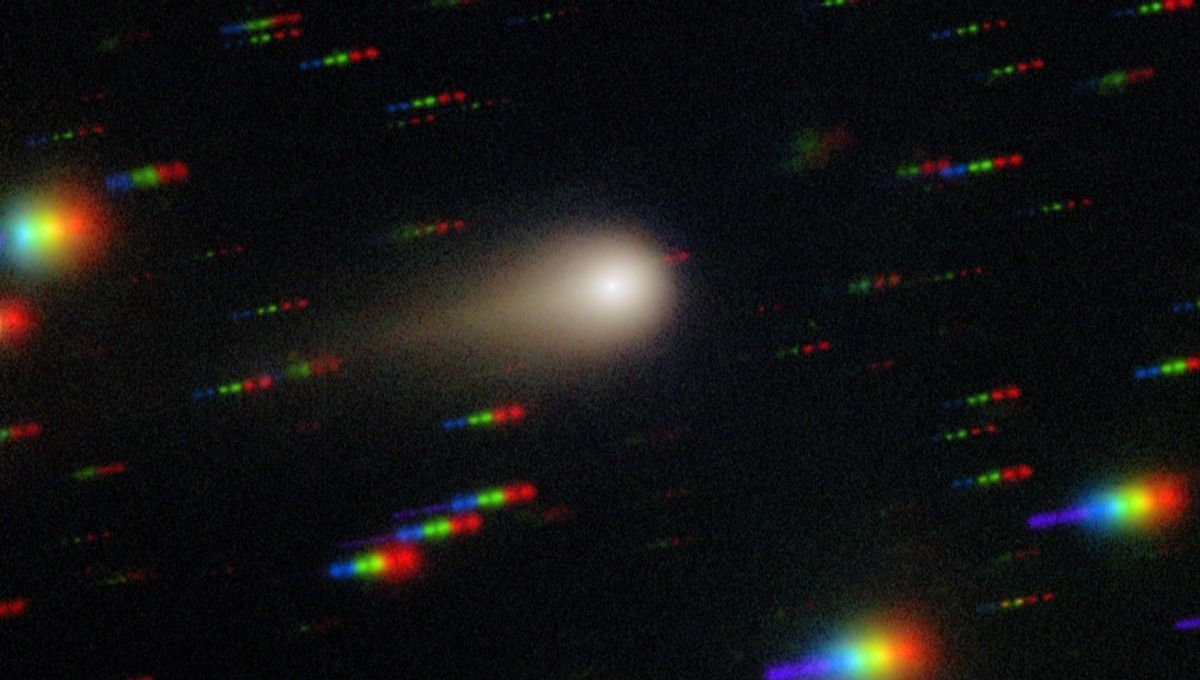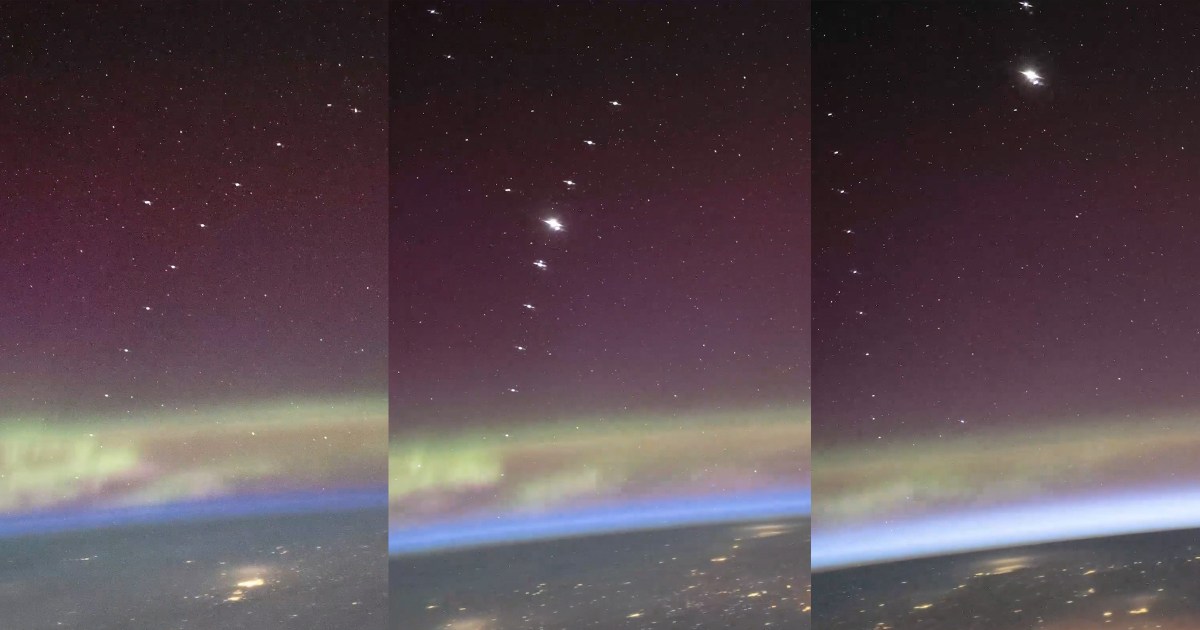This request seems a bit unusual, so we need to confirm that you’re human. Please press and hold the button until it turns completely green. Thank you for your cooperation!
Category: 7. Science
-
Just a moment…
Just a moment… -
Just a moment…
Just a moment… This request seems a bit unusual, so we need to confirm that you’re human. Please press and hold the button until it turns completely green. Thank you for your cooperation!
Continue Reading
-
Just a moment…
Just a moment… This request seems a bit unusual, so we need to confirm that you’re human. Please press and hold the button until it turns completely green. Thank you for your cooperation!
Continue Reading
-

The Delta Aurigid meteor shower 2025 peaks tonight in the light of a waning gibbous moon
The little-known Delta Aurigid meteor shower peaks tonight, but you’ll need luck on your side if you’re to catch one of these swift shooting stars in mid-October’s moon-drenched skies!
Delta Aurigid meteors appear each year as Earth careens…
Continue Reading
-

“We’re Reading A Note From Another Planetary System”: Interstellar Comet 3I/ATLAS Found Losing Buckets Of Water Every Second
Comet 3I/ATLAS is the third interstellar visitor and continues to be a treasure trove of information about the condition of its formation. As it speeds through the Solar System, telescopes have been pointed at it, revealing new tidbits about this…
Continue Reading
-
Just a moment…
Just a moment… This request seems a bit unusual, so we need to confirm that you’re human. Please press and hold the button until it turns completely green. Thank you for your cooperation!
Continue Reading
-

When 12 U.S. States May See Aurora This Weekend
A vivid Aurora Borealis display reflected in the Glendo Reservoir in Glendo State Park, Wyoming. The Northern Lights may be visible on camera — and possibly to the naked eye — across 12 northern U.S. states and Canada overnight on Saturday,…
Continue Reading
-
Just a moment…
Just a moment… This request seems a bit unusual, so we need to confirm that you’re human. Please press and hold the button until it turns completely green. Thank you for your cooperation!
Continue Reading
-

Astronaut Captures Footage of SpaceX Junk Cluttering the Atmosphere
Tesla might be in shambles, and Twitter might be a shell of its former self, but there is one venture Elon Musk has found success in: filling our atmosphere with high-tech garbage.
Recent footage released by Don Pettit, a career NASA…
Continue Reading
-

MIT’s new precision gene editing tool could transform medicine
A gene-editing approach called prime editing could one day help treat many illnesses by turning faulty genes into healthy ones. However, the technique sometimes introduces small mistakes into DNA, which can occasionally be harmful.
Researchers at…
Continue Reading